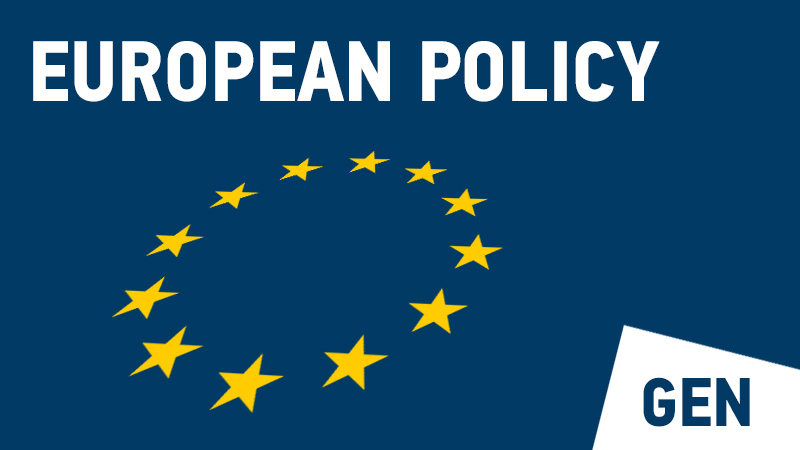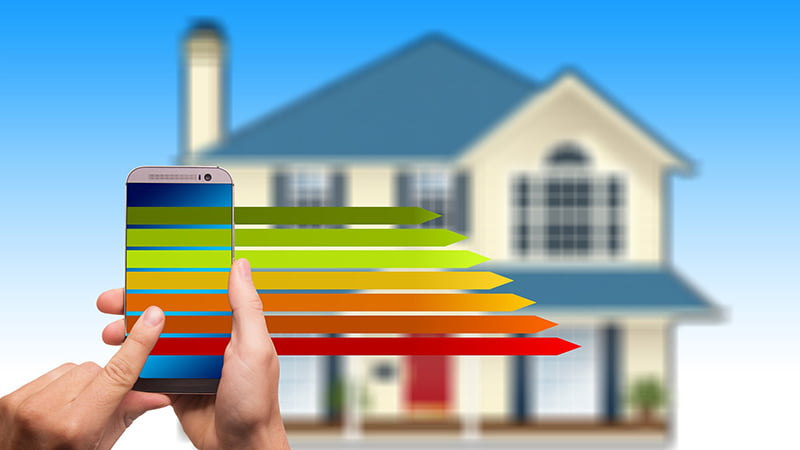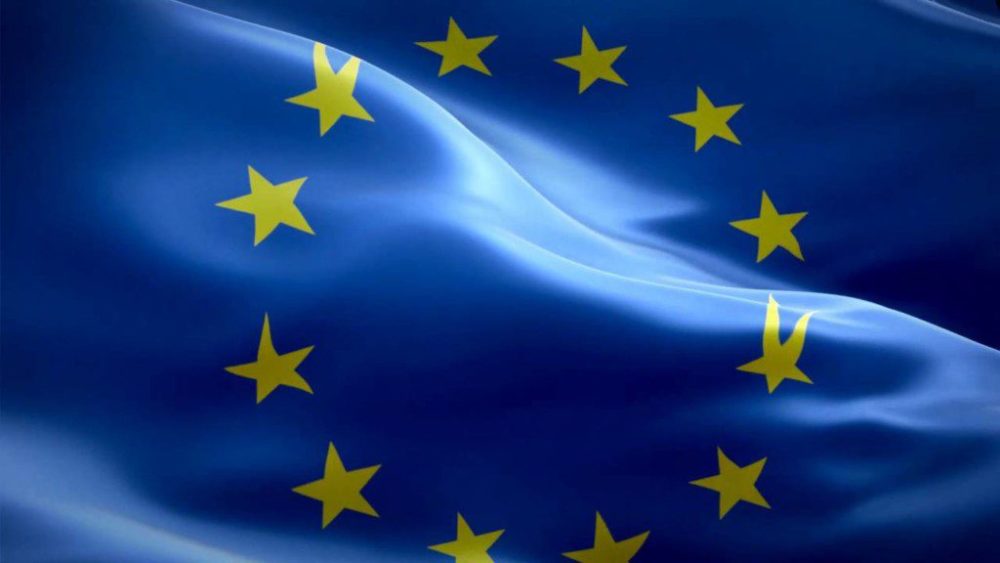GEN – 1450.00. On the night of Saturday, 17 December 2022, MEPs and EU governments agreed to reform the Emissions Trading System (ETS) to further reduce industrial emissions and invest more in climate friendly technologies.
BackgroundÂ
The ETS is part of the Fit for 55 in 2030 package, which is the EU’s plan to reduce greenhouse gas emissions by at least 55% by 2030 compared to 1990 levels in line with the European Climate Law. MEPs have already negotiated agreements with EU governments on CBAM, CO2 cars, LULUCF, Effort Sharing and ETS aviation.
Contents of the deal
The agreement includes, inter alia, the following:
- Emissions in the ETS sectors must be cut by 62% by 2030, compared to 2005, with a one-off reduction to the EU-wide quantity of allowances of 90 Mt Co2 equivalents in 2024 and 27 Mt in 2026 in combination with an annual reduction of allowances by 4.3% from 2024-27 and 4.4% from 2028-30.
- Free allowances to industries in the ETS will be phased out as follows:
- 2026: 2.5%, 2027: 5%, 2028: 10%, 2029: 22.5%, 2030: 48.5%, 2031: 61%, 2032: 73.5%, 2033: 86%, 2034: 100%.
- The Carbon Border Adjustment Mechanism (CBAM) will be phased in at the same speed that the free allowances in the ETS will be phased out. The CBAM will therefore start in 2026 and be fully phased in by 2034.
- By 2025, the Commission shall assess the risk of carbon leakage for goods produced in the EU intended for export to non-EU countries and, if needed, present a WTO-compliant legislative proposal to address this risk. In addition, an estimated 47.5 million allowances will be used to raise new and additional financing to address any risk of export-related carbon leakage.
- An ETS II for buildings and transport will be established by 2027 however it could be postponed until 2028 to protect citizens, if energy prices are exceptionally high.
- The ETS will be extended to maritime transport.
- Market Stability Reserve: 24% of all ETS allowances will be placed in the market stability reserve to address possible imbalances between the supply of and demand for allowances in the market due to external shocks such as those caused by COVID-19.
- Waste: From 2024, EU countries must measure, report, and verify emissions from municipal waste incineration installations from 2024.
- By 31 January 2026, the Commission shall present a report with the aim of including such installations in the EU ETS from 2028 with a possible opt-out until 2030 at the latest
In addition, there will be the following financing made available for innovative technologies and to modernise the energy system:
- The Innovation Fund, will be increased from the current 450 to 575 million allowances.
- The Modernisation Fund will be increased by auctioning an additional 2.5% of allowances that will support EU countries with GDP per capita below 75% of the EU average.
- All national revenues from auctioning ETS allowances shall be spent on climate related activities.
- MEPs and Council also agreed to establish a Social Climate Fund for the most vulnerable.
Next steps
Parliament and Council will have to formally approve the agreement before the new law can come into force.
Additional resources
All related documents and articles can be found in the respective sections in the right sidebar.







